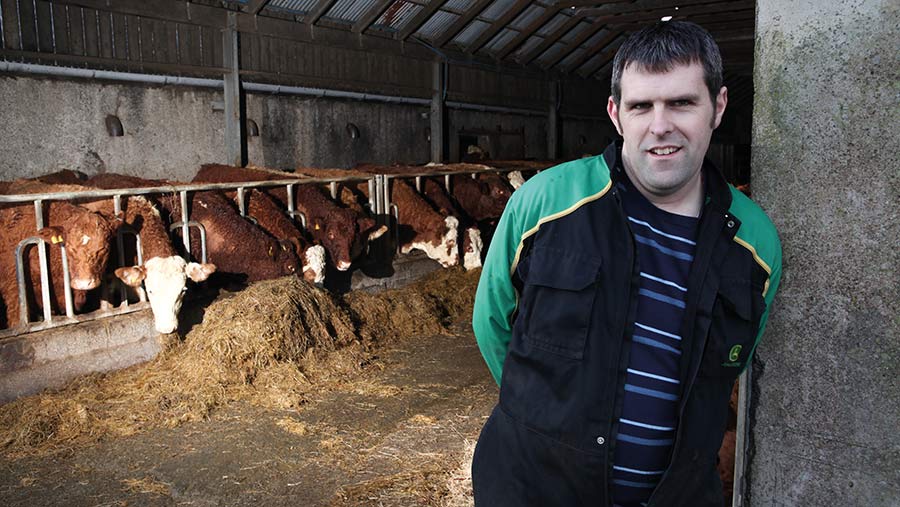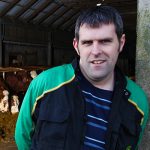Farmer Focus: Comment on suckler cow efficiency sinks in
 Steven Sandison © Ken Amer
Steven Sandison © Ken Amer It’s taken a while for me to understand a discussion I heard at a farmers’ meeting a decade ago.
The discussion was about the merits of investing to improve the weaning percentage of suckler cows to try and achieve the 92% weaned (or more) promoted by the so-called experts.
See also: Sheep farmer beats foot-rot with vaccination and early treatment
One farmer reckoned it wasn’t worth the extra cost. I prefer things to be simple and don’t like spending too much money and have never been convinced that extra cost automatically leads to more output.
If farming was about money, then whoever spent the most on a bull would always get the best price for their calves.
However, after a few years of having sheep, I’ve learned that we have to put in extra cost for productive sheep.
We have joined a flock health club and all the associated costs of blood and dung samples, along with extra feeding this year, equal 10% of the value of our lamb crop – and lambing hasn’t even started yet.
Hopefully, it will be worth every penny.
After a long, wet winter, March came in “like a lamb”, with perfect weather. In one week, the straw was baled and carted in after autumn rain postponed baling last year. We also got some ploughing done and slurry spread.
Calving was a few days later in starting but has been steady once it got going. We had 56 cows out of 86 calve in the first 21 days.
Something that I learned during my Nuffield travels was that breeding has far more to do with calving difficulties than feeding does.
I had a bull here called Fabregas who went off in 2021 at nine years old.
He was moderate sized, tame, and his calves were born easily, but he had one fault: too many of his daughters need help at calving.
They have plenty of room, but their calves tend to grow too much in the womb. I’ve looked back at my records and our cows are by 11 different bulls.
Calving 2023 is almost finished and if I exclude twins and breach births, I have had to assist seven cows with larger calves.
All cows have been fed the same winter diet. Six are daughters of Fabregas and one is a granddaughter.

